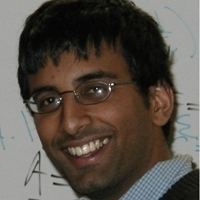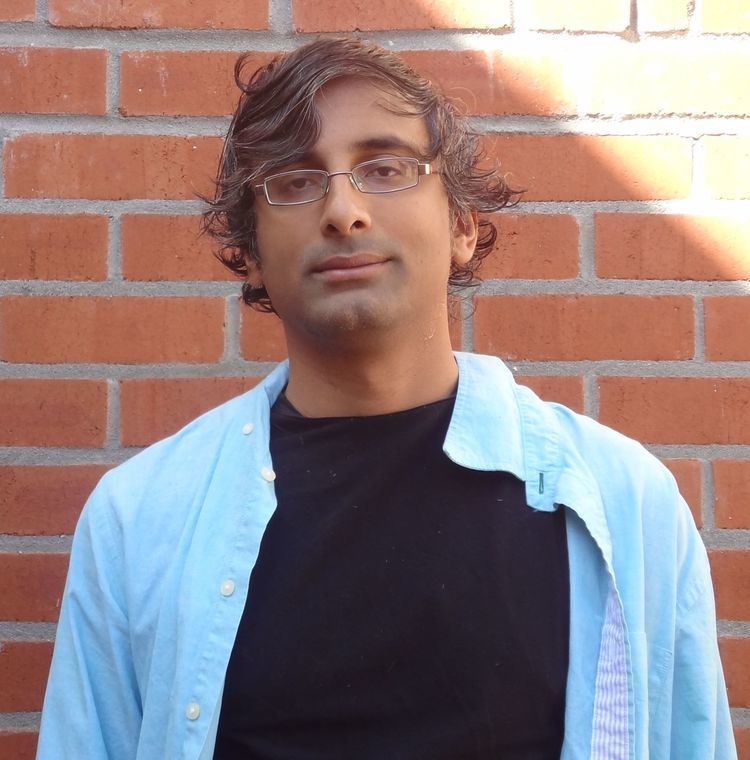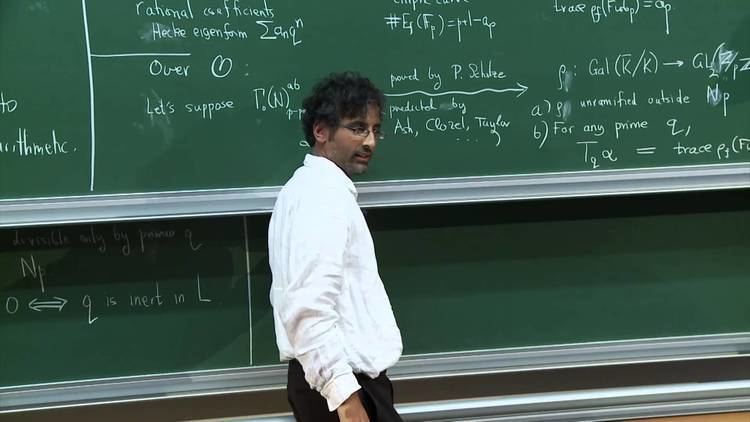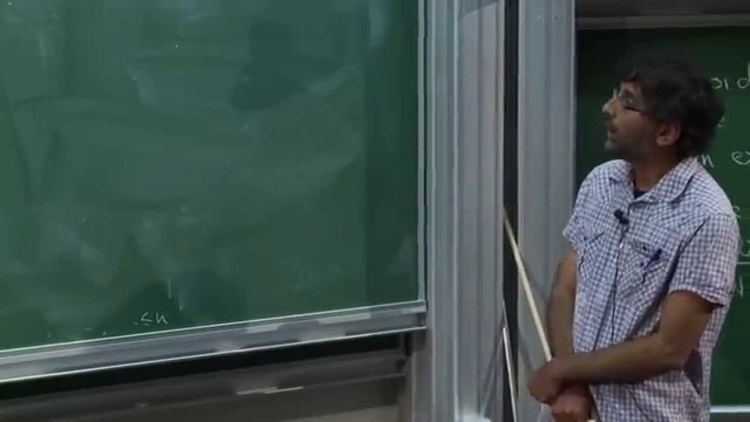Nationality Australian Fields Mathematical physics Role Mathematician | Name Akshay Venkatesh | |
 | ||
Alma mater PrincetonWestern Australia Education Notable awards | ||
Akshay venkatesh 1 4 analytic number theory around torsion homology
Akshay Venkatesh (born 21 November 1981) is an Indian Australian mathematician. His research interests are in the fields of counting, equidistribution problems in automorphic forms and number theory, in particular representation theory, locally symmetric spaces and ergodic theory. He is the only Australian to have won medals at both the International Physics Olympiad and International Mathematics Olympiad, which he did at the age of 12.
Contents
- Akshay venkatesh 1 4 analytic number theory around torsion homology
- Akshay venkatesh 2 4 analytic number theory around torsion homology
- Early years
- Research career
- References

Akshay venkatesh 2 4 analytic number theory around torsion homology
Early years

Raised in Perth, Western Australia, where he attended Scotch College, Venkatesh attended extracurricular training classes for gifted students in the state mathematical olympiad program. In 1993, whilst aged only 11, he competed at the 24th International Physics Olympiad in Williamsburg, Virginia, winning a bronze medal. The following year in 1994, he switched his attention to mathematics, and after placing second in the Australian Mathematical Olympiad, he won a silver medal in the 6th Asian Pacific Mathematics Olympiad, before winning a bronze medal in the International Mathematics Olympiad held in Hong Kong that year. He completed his secondary education that year, turning 13 at the end of the year. He entered the University of Western Australia the following year as the youngest ever student at the institution and was awarded First Class Honours in Pure mathematics in 1997, the youngest ever to achieve this feat, as well as being awarded the J. A. Woods Memorial Prize for being the leading graduating student of the year.
Research career

Venkatesh commenced his PhD at Princeton University in 1998 under Peter Sarnak, which he completed in 2002, producing the thesis Limiting forms of the trace formula. He was supported by the Hackett Fellowship for postgraduate study. He was then awarded a postdoctoral position at the Massachusetts Institute of Technology, where he served as a C.L.E. Moore instructor. Venkatesh then held a Clay Research Fellowship from the Clay Mathematics Institute from 2004 to 2006, and was an associate professor at the Courant Institute of Mathematical Sciences at New York University. He was a member of the School of Mathematics at the Institute for Advanced Study from 2005 to 2006. Since 1 September 2008, he has been a professor at Stanford University.

Venkatesh was awarded the Salem Prize and the Packard Fellowship in 2007 and the 2008 SASTRA Ramanujan Prize. The $10,000 prize was given at the International Conference on Number Theory and Modular Forms, held at SASTRA University, Kumbakonam, Ramanujan's hometown. In 2010, he was an invited speaker at the International Congress of Mathematicians (Hyderabad). For his exceptionally wide ranging, foundational and creative contributions to modern number theory, Venkatesh was awarded the Infosys Prize in Mathematical Sciences in 2016. In 2017 he received the Ostrowski Prize.

Akshay Venkatesh has made contributions to a wide variety of areas in mathematics, including number theory, automorphic forms, representation theory, locally symmetric spaces and ergodic theory, by himself, and in collaboration with several mathematicians. Some samples are:
– Using Ergodic methods, Venkatesh, jointly with Jordan Ellenberg, made significant progress on the Hasse principle for integral representations of quadratic forms by quadratic forms.
– In a series of join works with Manfred Einsiedler, Elon Lindenstrauss and Philippe Michel, Venkatesh revisited the Linnik ergodic method and solved a longstanding conjecture of Yuri Linnik on the distribution of torus orbits attached to cubic number fields.
– Venkatesh also provided a very novel and more direct way of establishing sub-convexity estimates for L-functions in numerous cases, going beyond the foundational work of Hardy-Littlewood-Weyl, Burgess, and Duke-Friedlander-Iwaniec that dealt with important special cases. This approach eventually resulted in the complete resolution by Venkatesh and Philippe Michel of the sub-convexity problem for GL(1) and GL(2) L-functions over general number fields.
